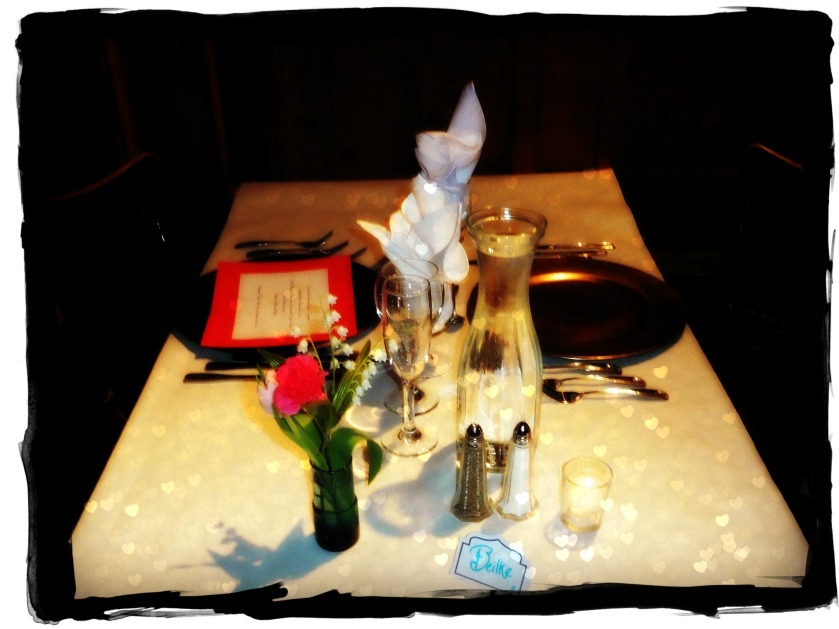
My South American selection for my Around the World Reading Challenge is Clarice Lispector’s 1943 novel Near to the Wild Heart. (It was originally written in Portuguese and entitled Perto do Coracao Selvagem.) Clarice Lispector has been hailed by critics as “something exceptional” and possessed of a “bewildering verbal richness,” and her style has much in common with famous modernists such as Virginia Woolf and James Joyce.
Near to the Wild Heart was written when Lispector was only 23 years old. The novel caused a sensation when it published because it was so different from anything Brazilians were accustomed to reading. The novel attempts to convey the inner life of a young woman named Joana, from her childhood until her early adulthood.
Lispector’s style is striking. There is very little plot to speak of. Instead, we are presented with snippets of Joanna’s impressions of the world. Sometimes her thoughts are beautifully imagistic, as when she confronts her grief from her father’s death by staring at the sea.
“She climbed down from the rocks, walked weakly across the solitary beach until she received the water at her feet. Squatting, her legs wobbly, she drank a little sea. She rested there like that. Sometimes she half-closed her eyes, right at sea level and swayed, so sharp was the sight—just the long green line, uniting he eyes with the water infinitely. The sun burst through the clouds and the little sparkles scintillating on the waters were tiny fires flaring up and dying out. The sea, beyond its waves, looked at her from affair, quiet, with no crying no bosom. Big, big. Big, she smiled. And suddenly, just like that, unexpectedly, she felt something strong inside her, a funny thing that made her shake a little.” (32)
At other times, though, her thoughts tend towards the abstract; at times the novel reads almost like philosophy or aesthetic theory.
“Music was of the same category as thought, both vibrated in the same movement and kind. Of the same quality as a thought so intimate that when heard, it revealed itself. As a thought so intimate that when she heard someone repeat the slightest nuances of its sounds, Joana was surprised at how she had been invaded and scattered. She didn’t feel its harmony any more when it became popular—then it was no longer hers. . . . Joana didn’t identify profoundly with all sounds. Only with the pure ones, where what she loved was neither tragic nor comic.” (37)
I think that ultimately Near to the Wild Heart is about what it means to be human—or perhaps, even more basic, what it means to be alive. Joana desires to feel fully alive, fully vital, which, I think for her means to reduce the distance between her core being and her thoughts, which seem to be an impediment to true life. When her teacher asks her what is good and what is bad, Joana replies, “Good is living….Bad is not living” (43). When she says “not living,” she does not mean death; she means not being fully alive, being deadened to existence.
Because Joana’s views of good and bad are unconventional, she has a tendency to alienate the people around her. When she is still under the guardianship of her aunt, for example, she steals something, just because she can. Her aunt is horrified at the theft, but also at Joana’s strangeness. She calls her a “viper” and sends her away to boarding school because she finds her company unsettling.
Although Joana’s life is far from conventionally happy, she does seem to find satisfactions of a sort. By the end of the novel, she feels something rising in her, something that feels like the life force she so cherishes. What she wants most is that,
“the long gestation of her childhood would end and from her painful immaturity her own being would burst forth, free at last, at last! . . . And one day it will come, yes, one day the capacity as red and affirmative as it is clear and soft will come in me. . . a day will come on which all my movement will be creation, birth, I will break all the noes that exist in me, I will prove to myself that there is nothing to fear, that everything I am will always be where there is a woman with my beginning, I will build inside me what I am one day, with one gesture of mine my waves will rise up powerful, pure water drowning doubt….” (158)
And one day she will “rise as strong and beautiful as a young horse” (158).
Near to the Wild Heart is undoubtedly an unusual book, one that is fascinating in its own way. However, although I am a big fan of literary modernism, I cannot say that I loved this book. I’m not sure whether or not I want to read another work by Lispector. For me, at least, there is a coldness to Lispector’s explorations of her character’s inner life that leaves me…well, cold. Perhaps this is because Lispector seems more interested in what it means to be alive than what it means to be human. Joana’s goal, after all, is to be as vital as a horse. I guess I am like Joana’s aunt in that I find the character off-putting and not somebody I want to spend a lot of time probing.
With this post, I have now completed my own 2015 Around the World Reading Challenge, with three days to spare. Yay, me!




































